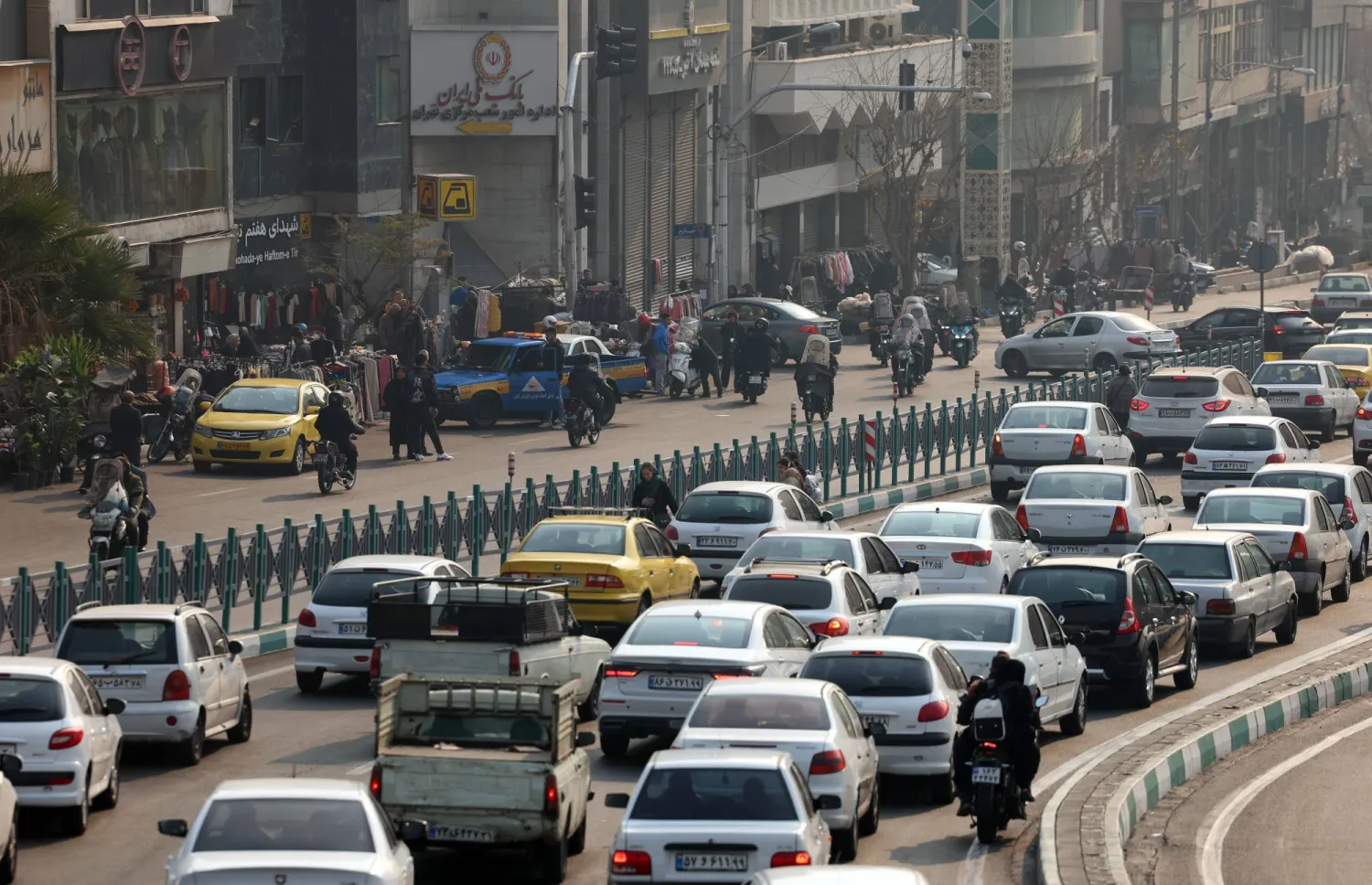As the world marks International Women's Day, Sudanese women continue to struggle with extremely difficult humanitarian conditions. Women have been subjected to various kinds of gross human rights violations since the war between the Sudanese army and the Rapid Support Forces broke out last year.
For millions of Sudanese women, the past year has been a living hell of sexual assault, rape, and forced displacement. Many have walked long distances on foot as they made their way to camps in neighboring countries; others waited at border crossings for months before obtaining visas.
Rehab Al-Mubarak, a member of Sudan’s Emergency Lawyers, explains the dire situation women are living under in Sudan.
"Women have paid a high price for this war. They have been subjected to forced labor. Many have been gravely harmed, and many are being gravely harmed. Some have been forced to work in domestic labor, and have been subjected to horrific forms of sexual violence and brutally raped. They have few options, and they are struggling to survive and escape from the regions in which battles are raging."
Umm Muhammad has been working for a civic organization since fighting broke out in Khartoum and engulfed her neighborhood. She says: "The war forced us to leave our homes, our lives, our memories, and all of our possessions. We went through hell when we were forced out of the capital. We witnessed the destruction of our city; we saw its markets burn. We will never forget the pain of seeing the corpses left along the road."
She also described the trauma that her daughter experienced after being shot at while they had been trying to escape the capital. “We faced real terror, as whenever we passed a military checkpoint, we would be shot at continuously to force the driver to stop moving."
Heba Khatmi, a teacher who survived the war in Khartoum, also told her story. "I fled Khartoum and sought refuge in my father's hometown of Abri, only to fall totally mute for a time. My mind refused to recall what had happened in Khartoum. Settling in the town where I found refuge was not easy. I began to think about leaving Sudan after losing hope that the war would end, as well as facing financial constraints after losing my job."
Iman Fadel, a member of the Sudanese Journalists’ Union, shared the painful stories of women journalists. "Most of them have lost their source of income after most newspapers stopped operating, and they sought refuge in camps, living under extremely difficult humanitarian conditions. Their pain was exacerbated by being targeted, and we must not forget what happened to Samaher Abdel Shafei, the journalist who was assassinated in Darfur, and Halima Idris, the journalist who was killed while covering battle at Omdurman Hospital."
The United Nations published reports last week documenting further violations against women in Darfur, including murder, forced displacement, and rape. Some of the victims are children. Condemnations of the violence compare the events unfolding today to the violence that devastated the region around twenty years ago. Over 200,000 people were killed at the time. One particularly notorious crime against humanity was the mass rape perpetrated in the village of Tabit.
Volunteers and human rights organizations accuse both belligerents in Sudan of detaining hundreds of women on trumped-up espionage charges, or merely because of their ethnic background.
The Darfur Lawyers Association announced last February that authorities in the city of Atbara (530 kilometers from Khartoum) had arrested Inaam Ahmed Khairy and Salma Hassan because they are part of the Messiria tribe and belonging an ethnic group associated with the Rapid Support Forces.
Research on education in Sudan conducted since the war erupted demonstrates the devastating impact it has had on the country’s 11 million students, half of whom are girls. Many could be forced into child marriage or flee their homes.









